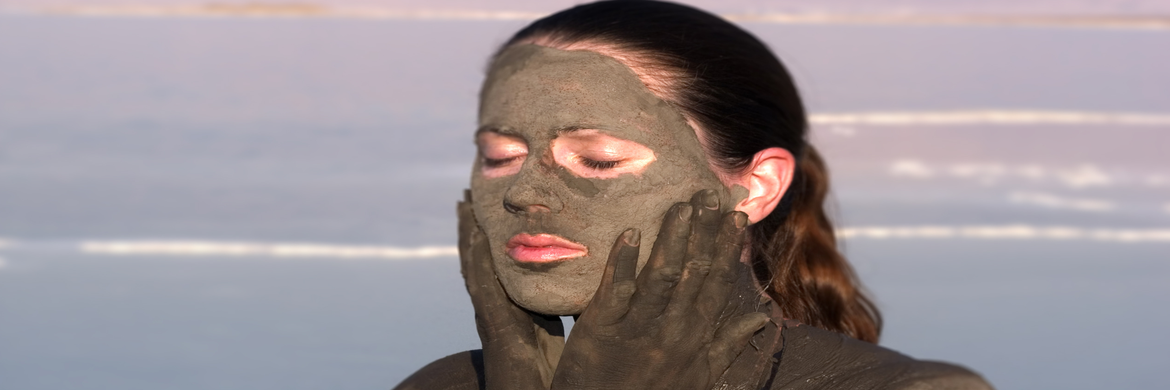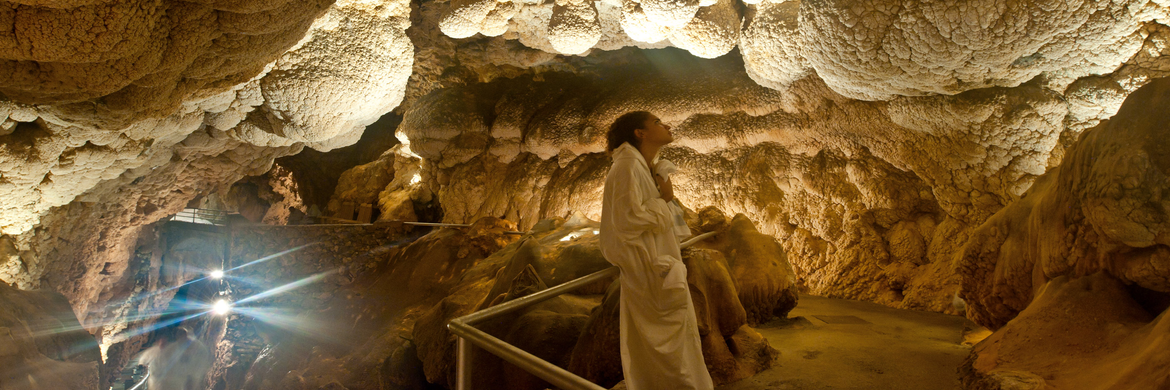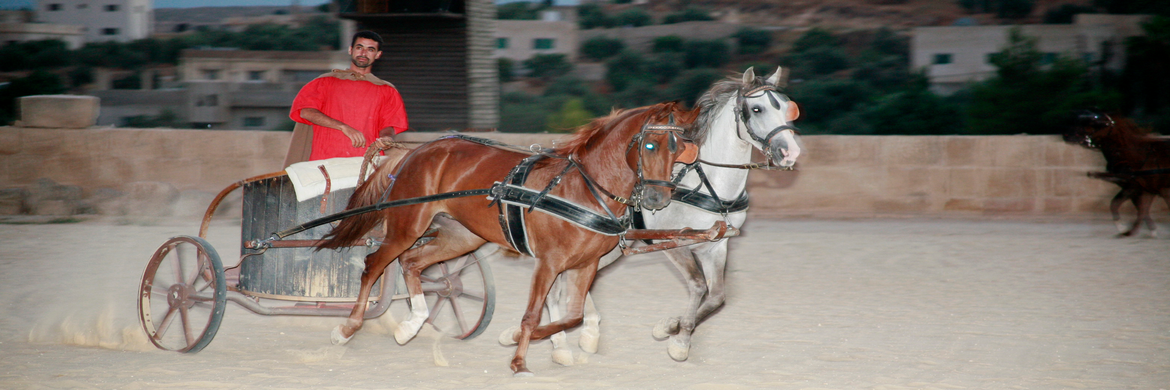Jordan Escapes
Jordan, an Arab nation on the east bank of the Jordan River, is defined by ancient monuments, nature reserves and seaside resorts. It is a home to the famed archaeological site of Petra, the Nabatean capital dating to around 300 B.C. Set in a narrow valley with tombs, temples and monuments carved into the surrounding pink sandstone cliffs, Petra earns its nickname, the “Rose City.”
WHERE IS JORDAN?
Jordan is located in the Middle East and borders Syria, Saudi Arabia, the Red Sea, Palestine, Israel, and Iraq. Covering some 89,342 sq.km., it is located at 31 00 N, 36 00 E.
JORDAN’S HISTORY
Jordan is a land steeped in history. It has been home to some of mankind’s earliest settlements and villages, and relics of many of the world’s great civilizations can still be seen today. As the crossroads of the Middle East, the lands of Jordan and Palestine have served as a strategic nexus connecting Asia, Africa and Europe. Thus, since the dawn of civilization, Jordan’s geography has given it an important role to play as a conduit for trade and communications, connecting east and west, north and south. Jordan continues to play this role today. Take an interactive tour through Jordan’s history starting from the Paleolithic Era, right up to modern day with our Interactive Historical Timeline.
THE ROYAL FAMILY
His Majesty King Abdullah II bin Al Hussein assumed his constitutional powers as King of the Hashemite Kingdom of Jordan on February 7th, 1999, the day his father, the late King Hussein, passed away.
His Majesty King Hussein bin Talal, the father of modern Jordan, will always be remembered as a leader who guided his country through strife and turmoil to become an oasis of peace, stability and moderation in the Middle East. Among Jordanians, his memory is cherished as the inspiration for Jordan’s climate of openness, tolerance and compassion. Known to his people as Al-Malik Al-Insan (“The Humane King”), King Hussein was the forty-second generation direct descendant of the Prophet Muhammad (PBUH).
Born in Amman on November 14, 1935, to Prince Talal bin Abdullah and Princess Zein al-Sharaf bint Jamil, King Hussein attended Victoria College in Alexandria, Egypt, and Harrow School in England. He later received his military education at the Royal Military Academy Sandhurst in England.
Hussein was proclaimed King of the Hashemite Kingdom of Jordan on August 11, 1952. A Regency Council was appointed until King Hussein’s formal accession to the throne on May 2, 1953, when he assumed his constitutional powers after reaching the age of eighteen, according to the Islamic calendar.
Throughout his long and eventful reign, King Hussein worked hard at building his country and raising the living standard of each and every Jordanian. Early on, King Hussein concentrated on building an economic and industrial infrastructure that would compliment and enhance the advances he wanted to achieve in the quality of life of his people. During the 1960s, Jordan’s main industries – including phosphate, potash and cement – were developed, and a network of highways was built throughout the kingdom.
AMMAN
Amman, the capital of Jordan, is a fascinating city of contrasts – a unique blend of old and new, ideally situated on a hilly area between the desert and the fertile Jordan Valley. In the commercial heart of the city, ultra-modern buildings, hotels, smart restaurants, art galleries and boutiques rub shoulders comfortably with traditional coffee shops and tiny artisans’ workshops. Everywhere there is evidence of the city’s much older past. Due to the city’s modern-day prosperity and temperate climate, almost half of Jordan’s population is concentrated in the Amman area. The residential suburbs consist of mainly tree-lined streets and avenues flanked by elegant, almost uniformly white houses in accordance with a municipal law, which states that all buildings must be faced with local stone. The downtown area is much older and more traditional with smaller businesses producing and selling everything from fabulous jewellery to everyday household items. The people of Amman are multi-cultural, multi-denominational, well-educated and extremely hospitable. They welcome visitors and take pride in showing them around their fascinating and vibrant city.
PETRA – A ROSE RED CITY
The giant red mountains and vast mausoleums of a departed race have nothing in common with modern civilization, and ask nothing of it except to be appreciated at their true value – as one of the greatest wonders ever wrought by Nature and Man. Petra, the world wonder, is without a doubt Jordan’s most valuable treasure and greatest tourist attraction. It is a vast, unique city, carved into the sheer rock face by the Nabataeans, an industrious Arab people who settled here more than 2000 years ago, turning it into an important junction for the silk, spice and other trade routes that linked China, India and southern Arabia with Egypt, Syria, Greece and Rome. Entrance to the city is through the Siq, a narrow gorge, over 1km in length, which is flanked on either side by soaring, 80m high cliffs. Just walking through the Siq is an experience in itself. The colours and formations of the rocks are dazzling. As you reach the end of the Siq you will catch your first glimpse of Al-Khazneh (Treasury).
DEADSEA
Without a doubt the world’s most amazing place, the Jordan Rift Valley is a dramatic, beautiful landscape, which at the Dead Sea, is over 400m (1,312 ft.) below sea level. The lowest point on the face of the earth, this vast stretch of water receives a number of incoming rivers, including the River Jordan. Once the waters reach the Dead Sea they are land-locked and have nowhere to go, so they evaporate, leaving behind a dense, rich, cocktail of salts and minerals that supply industry, agriculture and medicine with some of its finest products. The Dead Sea is flanked by mountains to the east and the rolling hills of Jerusalem to the west, giving it an almost other-worldly beauty. Although sparsely populated and serenely quiet now, the area is believed to have been home to five Biblical cities: Sodom, Gomorrah, Adman, Zebouin and Zoar (Bela).
AQABA
With its wealth of other attractions, Jordan’s splendid Red Sea resort is often overlooked by modern-day visitors. But apart from being a delightful place for discerning holidaymakers, this is actually a great base from which to explore various places of interest in southern Jordan. Aqaba is a fun place and offers a fascinating history with some outstanding sites, excellent hotels and activities, superb visitor facilities, good shopping, and welcoming, friendly people, who enjoy nothing more than making sure their visitors have a good time. Aqaba’s greatest asset is the Red Sea itself. Here you can experience some of the best snorkeling and diving in the world.
WADI-RUM
This is a stupendous, timeless place, virtually untouched by humanity and its destructive forces. Here, it is the weather and winds that have carved the imposing, towering skyscrapers, so elegantly described by T.E. Lawrence as “vast, echoing and God-like. A maze of monolithic rockscapes rise up from the desert floor to heights of 1,750m creating a natural challenge for serious mountaineers. Hikers can enjoy the tranquility of the boundless empty spaces and explore the canyons and water holes to discover 4000-year-old rock drawings and the many other spectacular treasures this vast wilderness holds in store.
JERASH
Jerash lies on a plain surrounded by hilly wooded areas and fertile basins. Conquered by General Pompey in 63 BC, it came under Roman rule and was one of the ten great Roman cities of the Decapolis League. The city’s golden age came under Roman rule, during which time it was known as Gerasa, and the site is now generally acknowledged to be one of the best-preserved Roman provincial towns in the world. Hidden for centuries in sand before being excavated and restored over the past 70 years, Jerash reveals a fine example of the grand, formal provincial Roman urbanism that is found throughout the Middle East, comprising paved and colonnaded streets, soaring hilltop temples, handsome theatres, spacious public squares and plazas, baths, fountains and city walls pierced by towers and gates.
MADABA
Just 30km from Amman, along the 5,000-year-old Kings´ Highway, is one of the most memorable places in the Holy Land. After passing through a string of ancient sites, the first city you reach is Madaba, known as the “City of Mosaics.” Best known for its spectacular Byzantine and Umayyad mosaics, Madaba is home to the famous 6th century Mosaic Map of Jerusalem and the Holy Land. With two million pieces of vividly coloured local stone, it depicts hills and valleys, villages and towns as far as the Nile Delta.
-
- Jordan Through the Ages- Get under the skin of Jordan visiting all the key sites as well as some of the lesser visited but important cultural sites in the Kingdom. As with all our tours of Jordan this tour includes plenty of cultural interaction and lots of street food and drink.
- Culture and Beach – Why not mix Jordan’s cultural sites with its own little bit of Red Sea Riviera in Aqaba. More cost effective than finishing on the Dead Sea and with plenty of restaurants and shops to keep you busy.
- Bedouin and Villagers – Walk and visit with the villagers of Orjan in Northern Jordan, the Bedouin of Wadi Feinan and the Bedouin of Wadi Rum, whose fathers and grandfathers fought with Lawrene of Arabia in the Great Arab Revolt.
- Walking and Trekking – A diverse walking tour of Jordan; from the highlands of the north to the red sandy desert of Wadi Rum. A must for all walking clubs and enthusiasts. Each walk is the perfect day walk with comfortable fixed overnight accommodation
- The Young Ones – An ideal program for families with younger children. There is enough culture to satisfy the parents but plenty of adventure and outside fun for the kids. This experience is guaranteed to bring out the child in both young and old.
- In the Footsteps of the Phophets – This program still visits all the key sites but it also includes a free day for Reteat in the Jordanian Wilderness at Wadi Feinan, where the early Christians were persecuted in the Copper Mines. This program is ideal for Church Groups who wish to spend some time meditating and praying together.
- Kingdoms of Ancient Jordan – This experience offers the main Christian Pilgrim sites in Jordan along with some of the lesser known but equally important secondary sites. In any other country these secondary sites would be part of the main itinerary but such is the depth of Jordan’s ancient history that this is not always possible in Jordan.
- Film Tours – Visits the sites and sights featured in some of Hollywood’s most famous films, including Indianna Jones, Lawrence of Arabia and Transformers. As well as these famous films the itinerary also visits the places used in two of Jordan’s most successfully produced films. Captain Abu Raed, staring Nadim Sawalaha and Theeb staring three unknown Bedouins from Wadi Rum filmed in the spaghetti western style.




